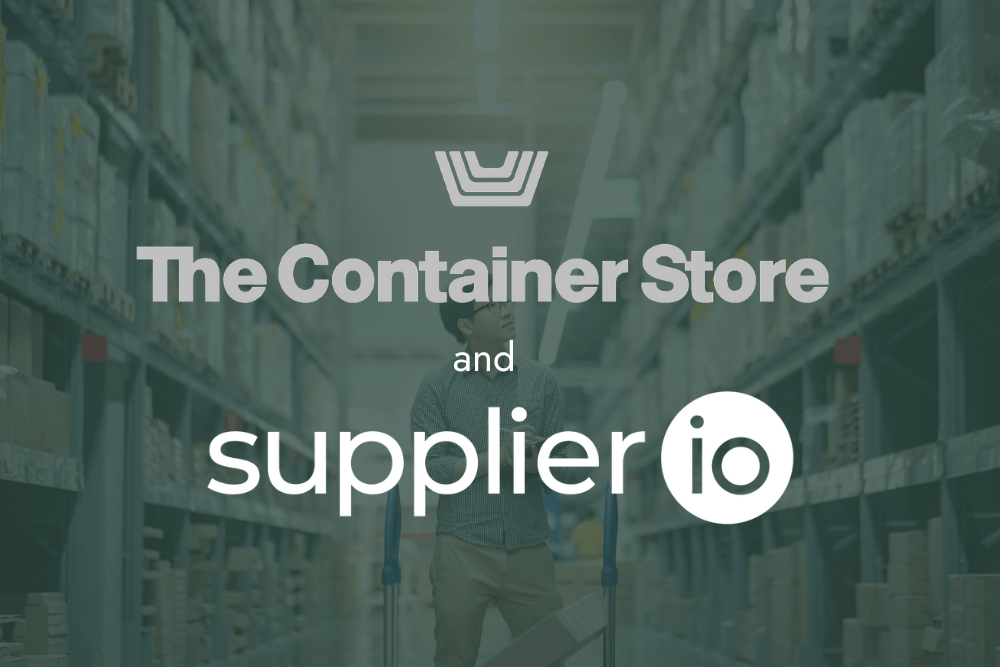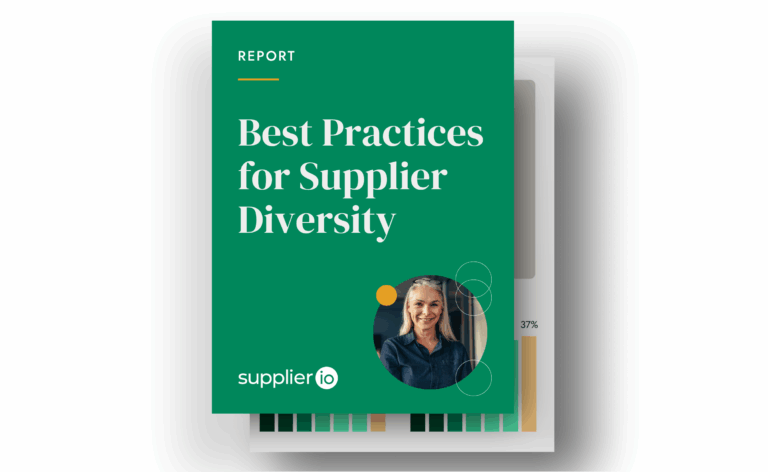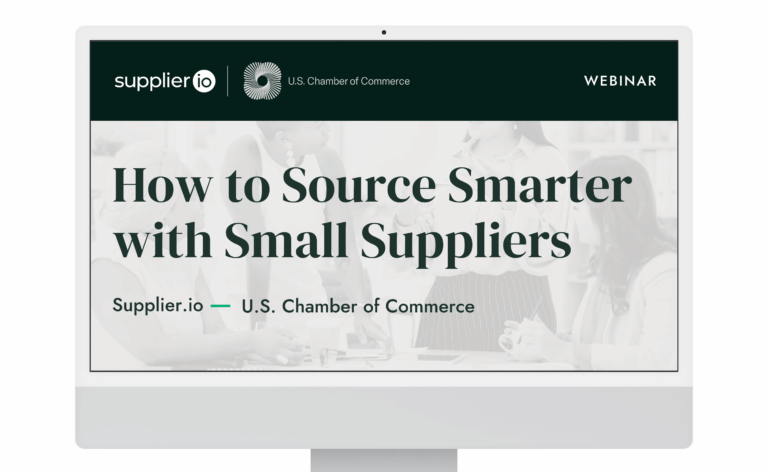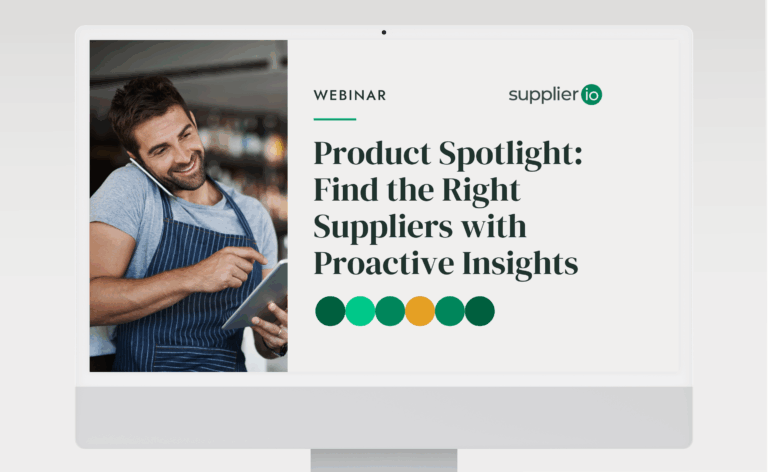Capitalizing on Executive Engagement: Lessons From the Container Store
Learn how to engage your executives from the successful program at The Container Store.

This October, the State of Supplier Diversity Report was released and gave us an eye-opening look into how the primary drivers of supplier diversity have changed in recent years.
More executives than ever are engaged in and supportive of supplier diversity than ever before, with 81% of respondents indicating that diversity is a core component of their corporate values, or “just how we do business.”
LaTisha Brandon, VP, DE&I, Culture & Charitable Giving at The Container Store, has leveraged this increased executive support to build a world-class supplier diversity program that touches departments and processes across the company.
LaTisha sat down with our VP of Marketing Daniel Dorr in a recent webinar to discuss how she was able to build a program that directly improved how the company operates and infused supplier diversity throughout the organization. Here are a few of her key insights.
Speak the language of the business
While more executives are more engaged in supplier diversity for its own sake, disconnects can still arise because executives and supplier diversity leaders are essentially speaking different languages.
“You have to be able to frame the conversation in the way that the business can understand”, Latisha says. This means understanding the data that’s most vital to your board and executive suite: namely, the revenue drivers.
This is where having strong metrics and clear accountability measures is a boon for your program. Having hard numbers to show how supplier diversity not only benefits the community, but your organization’s bottom line helps frame your program as a vital resource to be invested in.
Share ownership and accountability
Many supplier diversity leaders feel like they are on an island apart from the rest of their organization, and it’s not all perception. 47% of respondents report only having one dedicated supplier diversity professional in their organizations, a situation LaTisha found herself in when she first joined The Container Store.
“You quickly realize you can’t do it by yourself,” LaTisha says, and she soon took steps to turn executive engagement into shared accountability and ownership by establishing a Supplier Diversity Council at The Container Store.
The Container Store’s Supplier Diversity Council has representation from across the business, including marketing, buying and procurement, and HR. Most importantly, the Council includes the final decision makers, like the CMO.
Having shared ownership within the supplier diversity program, especially from key decision makers, has helped The Container Store’s executive board feel true accountability for the program’s success, and helped them set attainable goals for the program. “When you have the final decision makers say, ‘This is what we can do, this is what we should do, how can we do this?’ It makes this work a lot easier.”
Make it look easy
Part of speaking the language of business and enticing executives to share ownership is simplifying the process of supplier diversity. “If you make economic inclusion look to be this daunting task, it’s going to scare people.”
How can you make it look easier? LaTisha suggests starting small to achieve wins early on.
When she first joined The Container Store, LaTisha used Supplier.io’s data enrichment tool to uncover diverse suppliers that The Container Store has been partnering with already and encouraging those partners to certify as diverse businesses. Just one of these suppliers helped increase The Container Store’s diverse spend by $20 million.
Small early wins like this can help supplier diversity feel like less of a risk and help set more specific and attainable goals in the future. “Equity and inclusion is a journey”, says LaTisha. “Don’t boil the ocean.”
Conclusion
LaTisha Brandon’s work with The Container Store is a case study in leveraging increased executive engagement into tangible results for the supplier diversity program and the company as a whole. We hope her insights help spark valuable conversation within your own organization.
You can access the full State of Supplier Diversity Report here.




